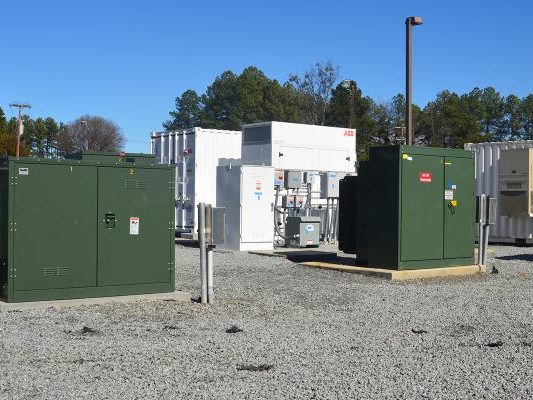UAI and IBM Virtual Roundtable: State of Cloud Adoption in Utilities–Executive Summary

An executive summary on a virtual roundtable with eight investor-owned utilities discussing the state of cloud adoption.
Purpose
UAI and IBM hosted a virtual roundtable with eight Investor-owned utilities including, AEP, Avista, Duke Energy, Oncor Electric Delivery, Xcel Energy, to share and exchange knowledge, thoughts, and experiences regarding the state of cloud adoption of utilities. Discussion topics included the concept of an industry cloud, usage limitations caused by regulation, important attributes to increase cloud usage and adoption, and most important considerations (i.e. data and compute, data models, API definitions, etc.) for further adoption.
Findings
The concept of the industry cloud can be defined in different ways depending on how utilities use the technology. One common concept of the cloud is Infrastructure as a Service (IaaS) where utilities are provided with components they build into a solution based on their particular needs that meet regulatory requirements. An applicable metaphor for this concept is Lego blocks that can be assembled into different structures. Another concept is a pre-built framework that doesn’t require assembly from the utilities. This virtual roundtable focused on the Lego block concept.
Capitalization of the cloud, not security, was the most common usage limitation caused by regulation that the utilities discussed. Utilities’ ability to increase utilization and scale applications are significantly limited by capitalization requirements. For instance, as soon as maintenance of cloud-based applications is required, the cloud becomes an expense. One utility representative bluntly stated, “The accounting treatment of the cloud sometimes keeps us from making the best decisions.” However, some applications are not being considered for the cloud, specifically NERC CIP regulated workloads.
Retrofitting legacy applications for the cloud is a significant challenge utilities face. The current solution is to create a one-off solution for each legacy application. This makes it difficult to build a business case for increasing cloud utilization. The IaaS model would benefit greatly if utilities could move large amounts of applications at scale.
Scalability and storage are two of the most important attributes utilities consider for cloud use cases. These attributes introduced the concept of the “hybrid-cloud” where applications are primarily hosted in on premise cloud native environments, leveraging public cloud when they need to scale. The “hybrid-cloud” could also be a combination of an internal cloud and an external cloud where the external cloud is used for dev/test, training, or other non-production use cases.
Utilities are exploring the further utilization of the cloud and have identified potential valuable uses case but face technical and financial obstacles. If capitalization requirements change, then utilities will have more opportunity to leverage cloud for data analytics projects. In the meantime, they can pursue the hybrid-cloud construct that offers cloud scalability and storage when needed, but maximizes capital investment in Data center assets.





